Graphic design for apparel emerged as a distinct discipline during the late 20th century, aligning with shifts in fashion trends and new printing technologies. Back then, there was a heavy reliance on traditional patterns and motifs, while today, the realm of graphic design for apparel is bursting with diverse styles and innovative techniques. Regardless of the approach, this type of design adds a unique flair and personal touch to clothing, allowing for both artistic expression and brand identity. While initially perceived as mere decoration, it is actually a crucial element that marries function with artistry--and it's currently experiencing a vibrant evolution. Elevate your wardrobe with the following graphic design concepts and create something uniquely yours.
Textile pattern design
Textile pattern design for apparel involves creating intricate, visually appealing patterns that can be repeatedly printed or woven onto fabric, enhancing the overall aesthetic of the clothing. Designers often draw inspiration from a range of sources such as art, nature, and cultural motifs, using tools like Adobe Illustrator or Photoshop to develop digital patterns. The process requires a strong understanding of color theory, texture, and scale, ensuring that the design complements the garment's silhouette and material. Patterns must also be versatile enough to work across different apparel types, from shirts to dresses, while considering factors like repeatability and alignment to avoid visually disruptive seams and ensure coherency in the final product.
Fabric print quality
In the realm of graphic design for apparel, fabric print quality stands as a crucial determinant of the product's aesthetic appeal and durability, profoundly influencing consumer satisfaction. High-resolution designs, when paired with advanced printing techniques, such as digital or screen printing, ensure that every intricate detail is captured vividly on the fabric surface, maintaining vibrancy even after multiple washes. The choice of fabric also plays a pivotal role; natural fibers like cotton tend to absorb inks better, enhancing the brilliance of the print, whereas polyester blends may require specialized treatments to achieve similar results. Designers must therefore collaborate closely with textile manufacturers to select the appropriate combination of ink, fabric, and printing process, ensuring the final product is both visually stunning and long-lasting, thus elevating the brand's reputation in a competitive market.
Design mockup template
Graphic design for apparel necessitates a meticulous approach when creating a design mockup template, which serves as the fundamental blueprint for transforming creative concepts into tangible fashion items. Designers begin by carefully selecting the garment type and understanding its unique dimensions, fabric characteristics, and intended styling, ensuring that the template aligns with both the practical and aesthetic requirements. Digital tools like Adobe Illustrator or specialized software such as CLO 3D are typically employed to construct these templates, offering precision and flexibility, whereas elements such as seam placement, color palettes, patterns, and logo placement are intricately mapped out to reflect the final product, maintaining the brand's identity while appealing to the target audience. Furthermore, designers frequently generate multiple iterations of these mockups to experiment with variations and solicit feedback, ensuring that the final product not only meets but exceeds client expectations and market trends.
Color palette selection
In graphic design for apparel, selecting the appropriate color palette is pivotal because color serves as the primary communicator, influencing mood, style, and consumer attraction. Designers meticulously analyze current trends, brand identity, and target demographics before deciding on a color scheme, ensuring it resonates with the intended audience while also maintaining a timeless appeal. Tools such as Adobe Color, Pantone's Fashion Color Trend Reports, and digital color wheels are often employed to experiment with harmonious, complementary, or contrasting color combinations, pushing creative boundaries while ensuring visual coherence. Factors such as fabric type, dye precision, and production processes are rigorously evaluated alongside color choices to anticipate any potential deviations in the final product, ensuring the apparel captures the envisioned design allure effectively.
Brand identity integration
Brand identity integration within graphic design for apparel revolves around the meticulous incorporation of a company's core values, visual aesthetics, and overarching narrative into the garments. Detailed attention is given to color palettes that echo the brand's ethos, creating a cohesive visual language that resonates with both loyal and prospective customers. Typography and logo placement are thoughtfully curated to ensure they stand as prominent elements, subtly crafting a narrative that aligns with the brand's voice without overwhelming the design. Each apparel piece acts as a mobile advertisement, methodically constructed to maintain the delicate balance between fashion appeal and strategic brand representation, fostering a deeper connection through personalized storytelling imbued in every fiber.
Vector graphic elements
Vector graphic elements in apparel design encompass the creation of scalable, high-resolution motifs that maintain clarity regardless of size adjustments. These elements include geometric shapes, intricate lines, and bold colors that can be seamlessly repeated or combined to form dynamic patterns and textures on fabrics. Designers often use software like Adobe Illustrator to manipulate anchor points and paths, allowing for precise control over the graphic's structure, which is crucial for achieving consistency across various garments. The versatility of vector graphics makes them ideal for screen printing, embroidery, and sublimation techniques, ensuring the designs remain vibrant and intact, contributing to both aesthetic appeal and functional durability in apparel design.
Seamless pattern creation
Seamless pattern creation in graphic design for apparel involves a meticulous process of designing repetitive motifs that flow seamlessly across fabric surfaces. Designers often start by conceptualizing a central theme or element, employing digital tools like Adobe Illustrator or Photoshop to craft intricate designs that maintain a consistent visual rhythm when repeated. Each pattern must be carefully aligned at the borders to ensure continuity without any discernible breaks or mismatched elements, enhancing the visual appeal and wearability of the garment. This process extends to selecting harmonious color palettes, scaling motifs appropriately for the intended apparel design, and adapting patterns to accommodate various fabric textures, ensuring that the final output reflects both the aesthetic and functional requirements desired in a fashion-forward market.
Typography layout techniques
Typography layout in apparel graphic design involves meticulous arrangement of typefaces to communicate a brand's message effectively. Designers often experiment with hierarchy, ensuring that primary, secondary, and tertiary texts guide the viewer's eye naturally across the garment's surface. Utilizing grids and modular design systems, they establish consistency and balance, tailoring kerning and leading to accommodate the fabric's texture and movement. Each typographic choice, whether playful scripts for casual wear or bold sans-serifs for urban styles, must consider legibility from various distances, fabric printing techniques, and trends to enhance the garment's overall aesthetic and message cohesively.
Graphic alignment tools
Graphic design for apparel hinges significantly on the precise placement of visuals to ensure aesthetic appeal and brand message clarity, making graphic alignment tools indispensable. Tools such as Adobe Illustrator and CorelDRAW offer features like smart guides, grids, and alignment panels that facilitate perfect symmetry, ensuring that every design element aligns correctly with seams, center lines, and other structural aspects of the garment. These tools help designers maintain visual harmony by aligning text, logos, and graphic elements with edges or centers, essential for creating visually compelling compositions that are both engaging and true to the brand's identity. Misalignment could lead to prints that appear skewed or unbalanced when worn, diminishing the design's impact and potentially affecting the garment's commercial success, thus meticulous use of these tools is crucial for flawless execution in apparel design.
Print placement strategy
Strategic print placement on apparel requires meticulous attention to garment structure and consumer preferences. Designers consider the silhouette of the clothing, ensuring that prints accentuate or complement the body shape without distortion or distraction. For instance, placing bold graphics or intricate patterns on the upper torso can draw the viewer's eyes towards the face, creating a visually balanced look. Furthermore, strategic prints at key areas like the shoulders or lower hem can lead to aesthetically appealing shapes, enhancing the overall look of the garment while adhering to both current trends and brand identity.






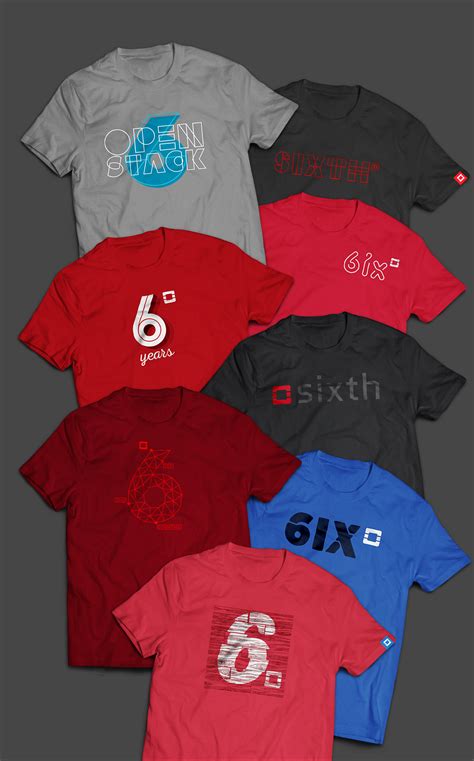
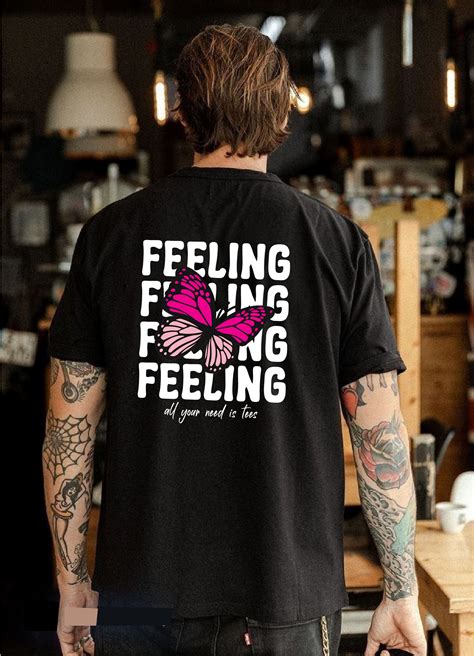
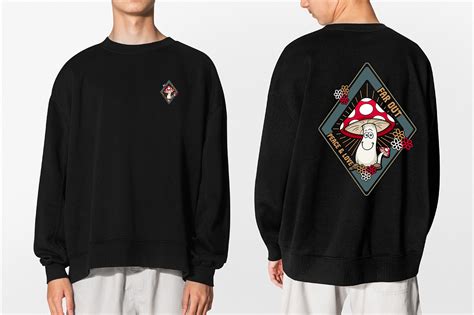
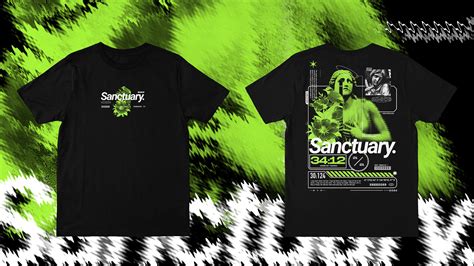
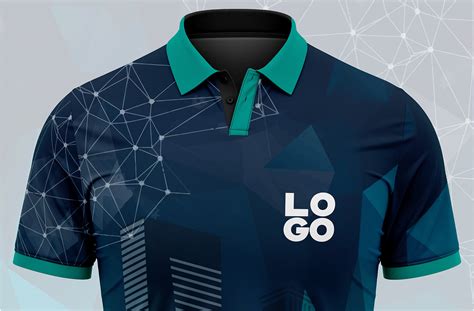
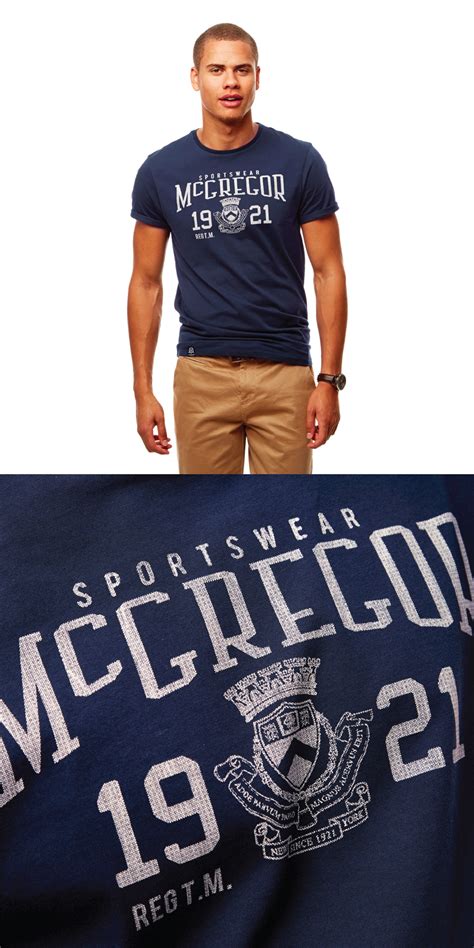
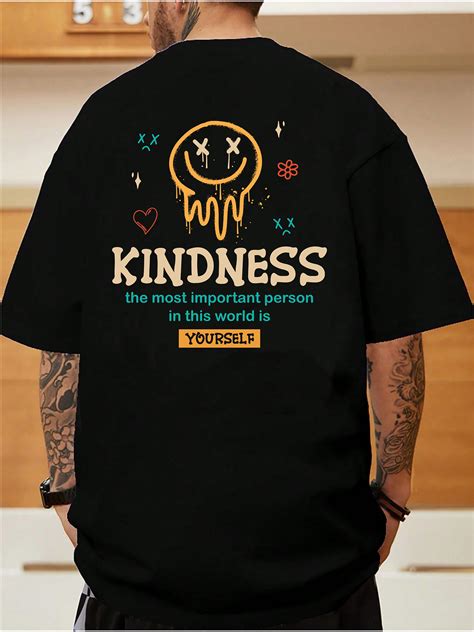
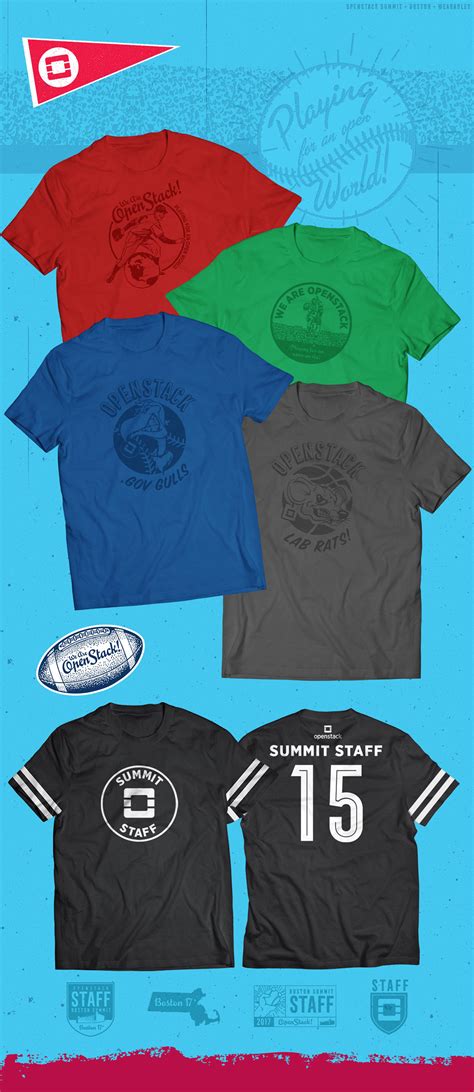
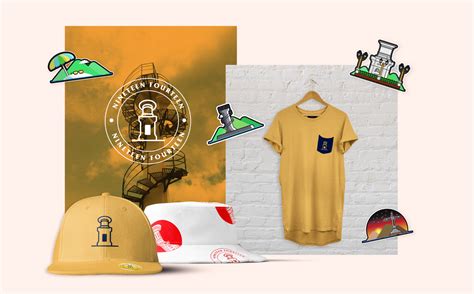
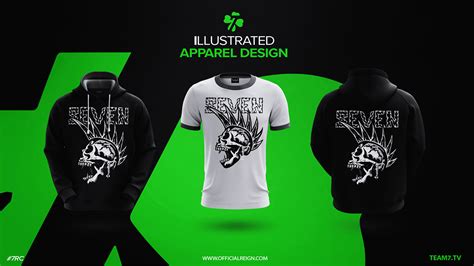
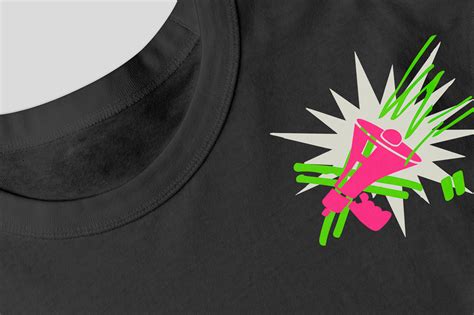
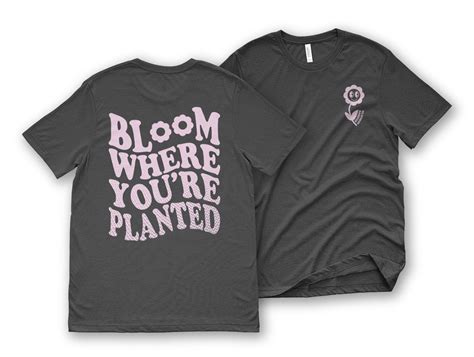
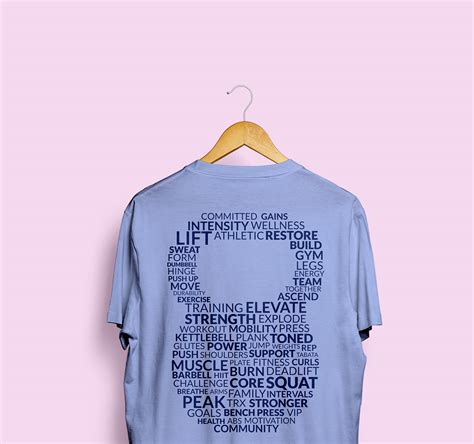
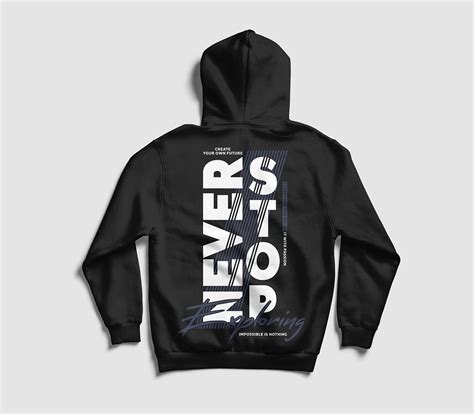
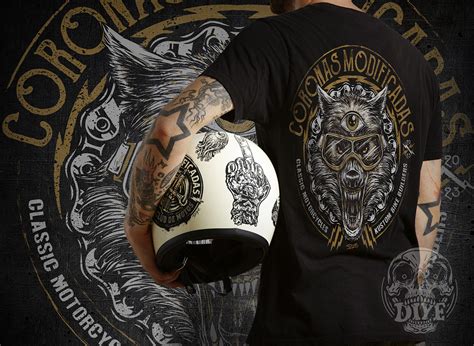
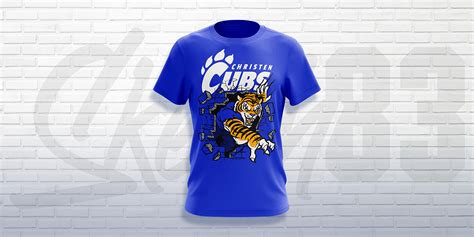
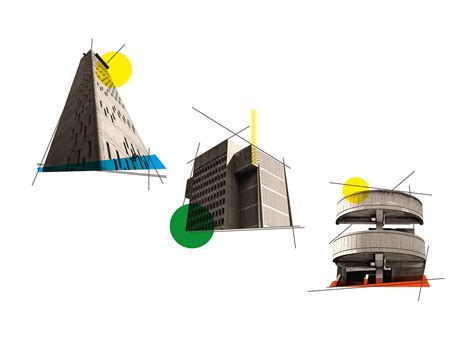


Leave a Reply
Your email address will not be published.